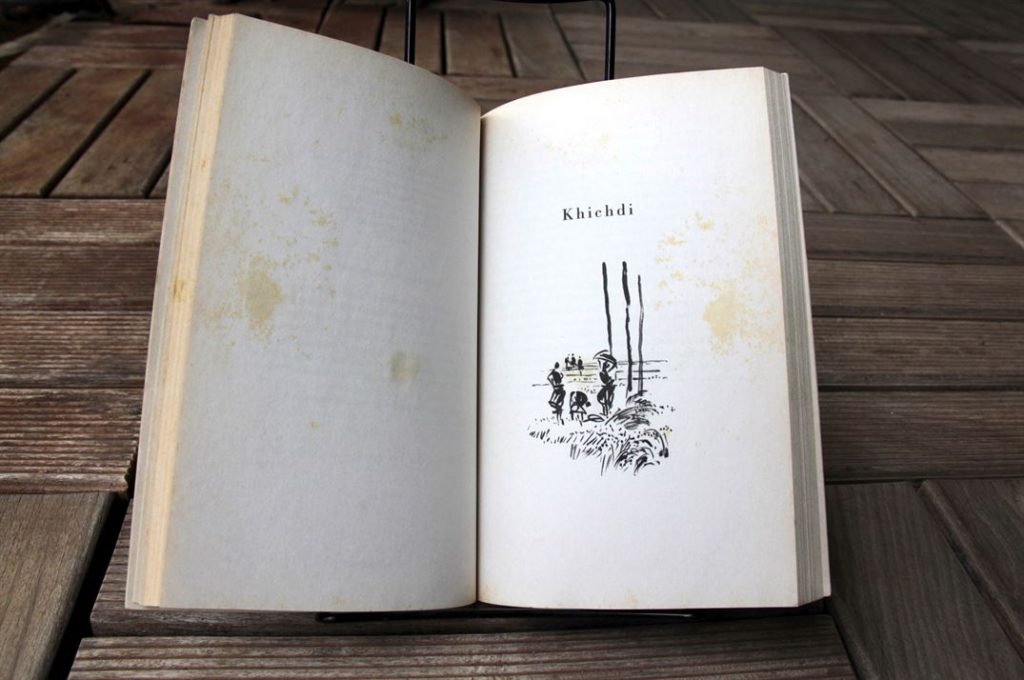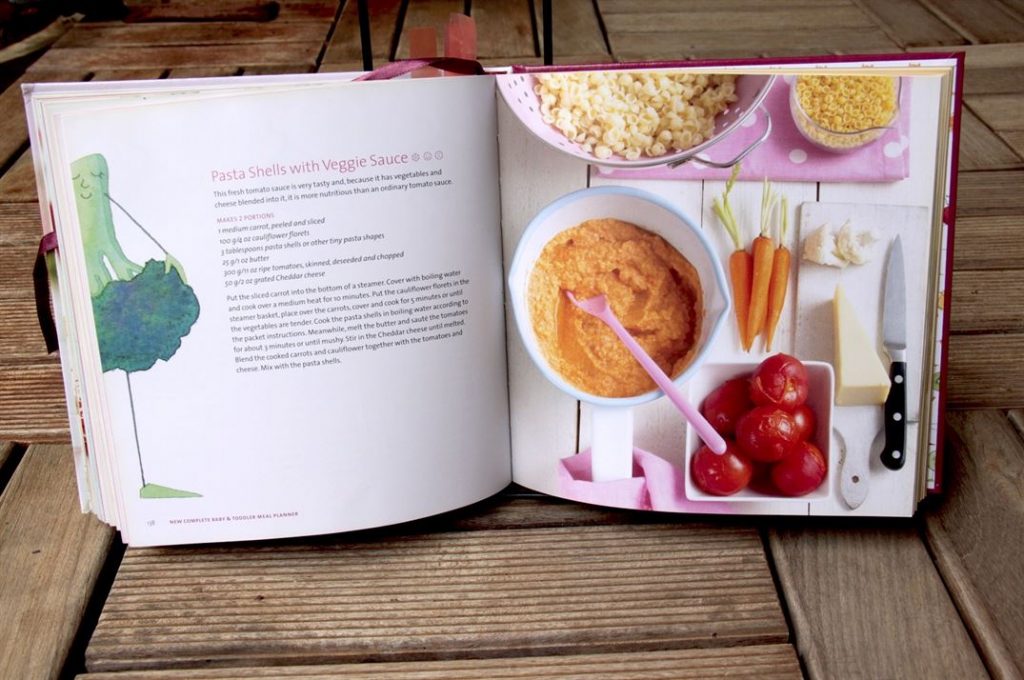Cooking Between the Lines – A Photo Essay
A few months ago, The Scroll carried an article on the cookbook ‘Mrs. Balbir Singh’s Indian Cookery’. Published in 1961, surprisingly by Mills and Boons, the book was the first landmark cookbook of North Indian cuisine written in English by an Indian woman. Reading the article, brought back memories of that book in my mother’s collection – maroon cover, white writing, a few pictures grouped together in the middle.
I have been cooking since I was 15. I find cooking allows me to explore and express my creativity on a daily basis, even three times a day if I am up for it! When I was growing up, my mum cooked all our meals. She was a pan-Indian cook. Our food was not restricted to Malayali cuisine. On the contrary, Kerala food was saved for the weekend. The regular fare was North Indian – one dal, one subzi, dahi, rice and roti. But, within that, we had a Sindhi subzi, a Gujju dal, a Punjabi tadka, a whole range of khichadis and our own variations of noodles, pastas and bakes. My mum is one of those people who doesn’t need to look up a recipe. She looks at a vegetable and it seems to communicate with her. She has always loved trying out new recipes. She kept a file of recipes cut out from Women’s Era and Women’s Weekly magazines and a few cookbooks.
Looking at my kitchen shelf, I realize that most of the books I use regularly have been collected over the last ten years, after I moved to Bangalore post-marriage. The bottom shelf holds my oft-used collection, while the top shelf is more like a reference library, my mother-in-law’s collection (has some gems like the ‘Joy of Cooking’) that I found in a carton spring cleaning one afternoon, waiting, I like to think, to be discovered by another epicurean.
I share, here, glimpses from my favourite eight.
1. Great Cakes: Decorated Cakes for all Occasions
Only one book in my mother’s collection had more pictures than words – a very special cake book, ‘Great Cakes’. The visuals in it are so beautiful that, even today, I mull over the pages just to admire them. In particular, I pored over a very exquisite wedding cake recipe, with details on how to make each flower and each lattice shaped icing. However, I am not much of a baker, I don’t care for the exact measurements and exact temperatures that baking demands. I am much more of a wok and curry person, a dash of this and pinch of that, till the flavor reaches the desired taste. Published in 1985, this book is borrowed on long term loan from my mum’s collection, because like she says, now I am the one with the little ones!’
2. Every Grain of Rice: Simple Chinese Home Cooking by Fuchsia Dunlop
I came across this book in a bookshop in Bangalore and was immediately drawn to its title, understated design, and absolutely beautiful photos of an everyday kitchen. In my years as a student in San Francisco, I discovered that Chinese food was totally different from the Indo-Chinese fare we are used to here, and eating in houses of my Chinese friends I came to know and love the subtle flavours of bok choy and morning glory, tempered only with a few slices of ginger or a handful of star anise . Every Grain of Rice opened my eyes (and kitchen) to the world of non-greasy, non-manchurian, steamed Chinese home-cooking – tofu, eggs, soups, different kinds of fried rice, thick and thin noodles.
3. Plenty by Yotam Ottolenghi
Gifted to me by another a lover of vegetarian food, this book, by the celebrated Israeli-English chef Yotam Ottolenghi, takes pride in featuring vegetarian dishes from around the world. While I don’t agree with his overuse of saffron and not-easy-to-find ingredients like sumac and fennel bulbs, I love how this book widened my imagination to include new combinations of vegetables and spice. For instance, who would have thought of mixing our humble kala masoor dal with burnt aubergines, or making a new form of bhartha where after burning the aubergines, you grind it in the mixer with sesame seeds, and add fresh tomato and pomegranate seeds! I learnt from Ottolenghi the nutritious shakshuka, the colourful tart, winter couscous, a hearty tagine and the joy of making your own pasta. Thank you Ottolenghi!
4. The Rice Cookbook by Anuradha Ravindranath
Soon after I moved to San Francisco, I was at a Thai restaurant with classmates. To their amusement, when the bowl of perfectly made Jasmine rice arrived, I loudly exclaimed, ‘Rice! I would give my life for rice!’ I love rice. As a child the aroma of basmati cooking in our house in Delhi, and puzhungal rice in my grandmother’s house in Thrissur were enough to get me hungry. Half the world eats rice and many must share my love for it. One such person, Anuradha Ravindranath, thought this humble grain worthy of a whole book and wrote The Rice Cookbook. It contains over a hundred rice recipes – from pulav and biryani to khichadi and payasam. My personal favourite is the section on khichadis, many healthy combinations of vegetable, dal and rice – a one-pot meal for the family.
5. Bong Mom’s Cookbook by Sandeepa Mukherjee datta
Bong food… yum yum! I was introduced to the flavours of Bengali food rather late in life… much after Italian, Chinese Marwari and Guajarati tastes… but boy! It’s now one of my favourites. When I was pregnant with my first child, all I wanted was the taste of panch phoron (a medley of mustard, jeera, onion seeds), and I would turn to this book. My repertoire of Bengali food is limited to the recipes in this book, but enough to impress a Bengali when they see a spread of doi machh, mangsho, choler dal, paanch torkari misali, aloo poshto and my family’s most favourite of all, begun bhaaja!
6. Padma’s Cookbook for family and Friends
This is the most recent addition to the bookshelf, but the most used and now most loved of all cookbooks. Padma Mukundan, who I have never met – but feel like I know – is the grandmother of a dear school friend. Her family put this book together for her 90th birthday. They asked family and friends to send stories of their memories of Padma’s food, and Padma in turn was asked to pen her recipes too. The result is this most lovingly put together book of everyday Malayali food, vergetarian and otherwise, and some fabulous English teatime treats, from a generation that made time for a good high-tea. Unfortunately, this book cannot be bought. It’s exclusively for friends and family!
7. Pregnancy Cook book by Tarla dalal
Who, in India, hasn’t heard of Tarla Dalal? She may be one of our first and most famous food writers, but funnily enough the only cookbook I have by her is Pregnancy gifted to me by a cousin. While I was a tad skeptical about such a book to begin with, I quickly took to it and started following her trimester-by-trimester recommendations during my pregnancy, treating them as advice from a family elder. My mother was not with me till just before I delivered, so I happily cooked and treated myself to methi mathis, bajra khichadis and wholesome smoothies, till my mum arrived in time to make the gond ladoos!
8. Annabelle Karmel’s New Complete Baby and Toddler Meal Planner
Mum arrived, the baby arrived, and then baby started to eat real food. With all the grandmotherly wisdom around us in India, why did I need a recipe book for babies? No real reason. Another mum gave it me and I found I learnt a lot. I would have never otherwise thought of feeding my child a mix of avocado and sweet potato when she was six months old, or disguising pumpkins and carrots into her pasta sauce when she was one. It said, “make your baby’s food look good, all baby food needn’t be mush”. So, we came up with pink dosas (with beetroot), green dosas (with palak), coin dosas (little dosas stacked up), ragi pancakes, homemade rusk and all kinds of pies that were packed with lots of veggies. I haven’t needed to use the book with my second child, but have loved the simple ways it taught me to respect and play with my toddler and her food needs
CONCLUSION

If my mum was a pan-Indian cook, my generation can happily boast of being pan-global. Over the years, I have carefully collected cookbooks, buying only the ones that speak to me. I am attracted to cookbooks that feature the true nature of a kitchen in their imagery – the overused chopping board, the wrinkles on the dough, the bubbles in the dal, and the cracks in the pie. Such cookbooks, rather than those with the perfectly made dish, make me feel that this is just like my kitchen and I can do this too.




























